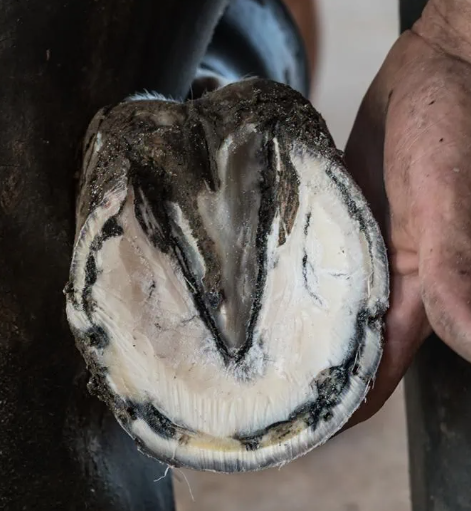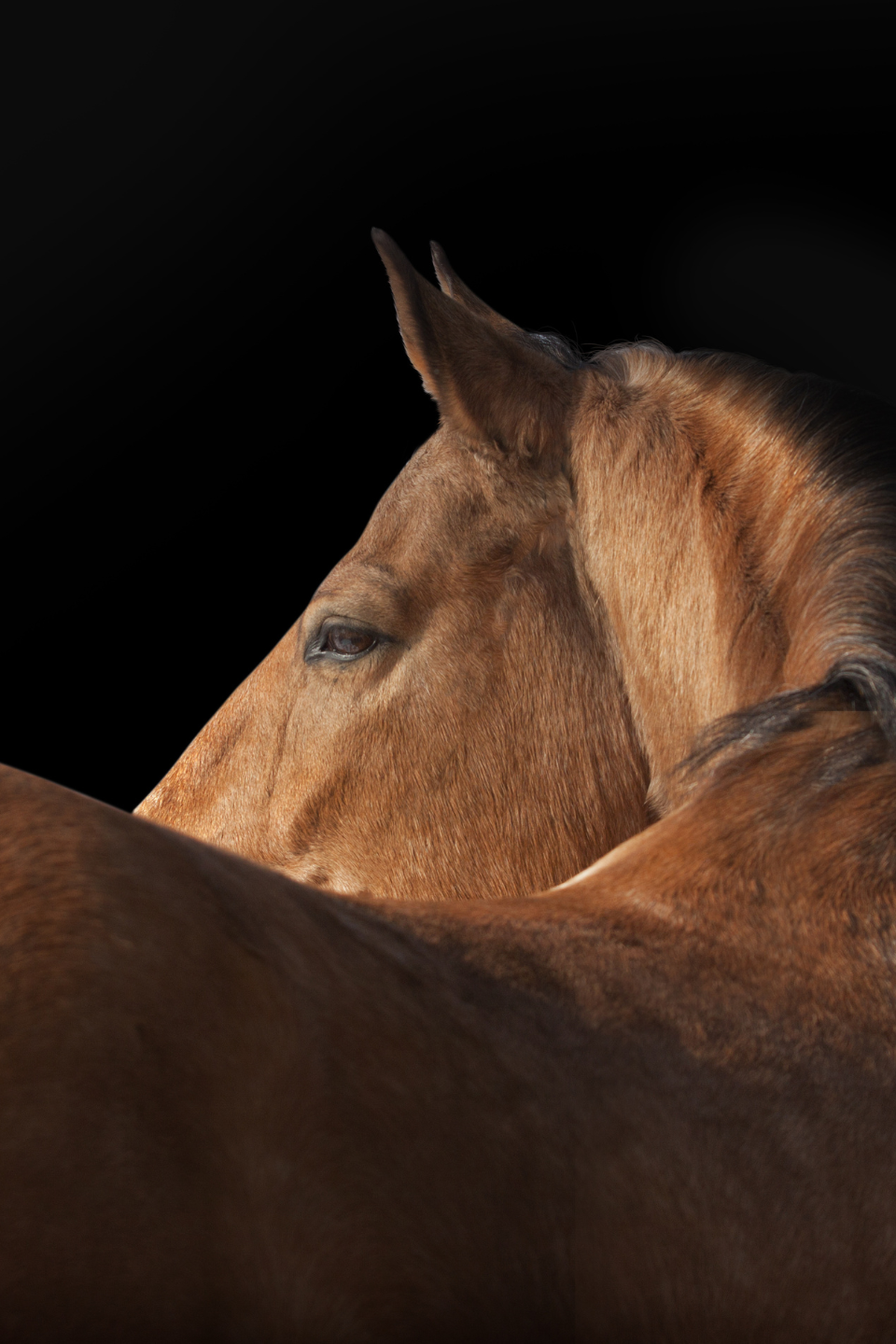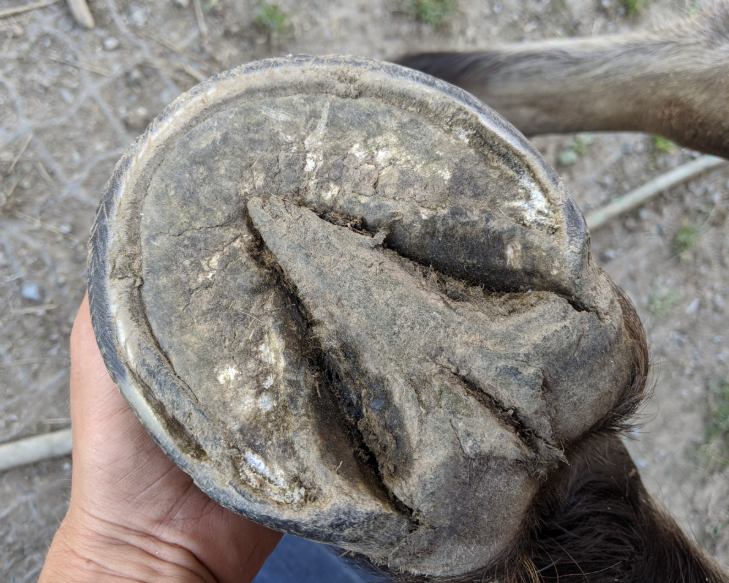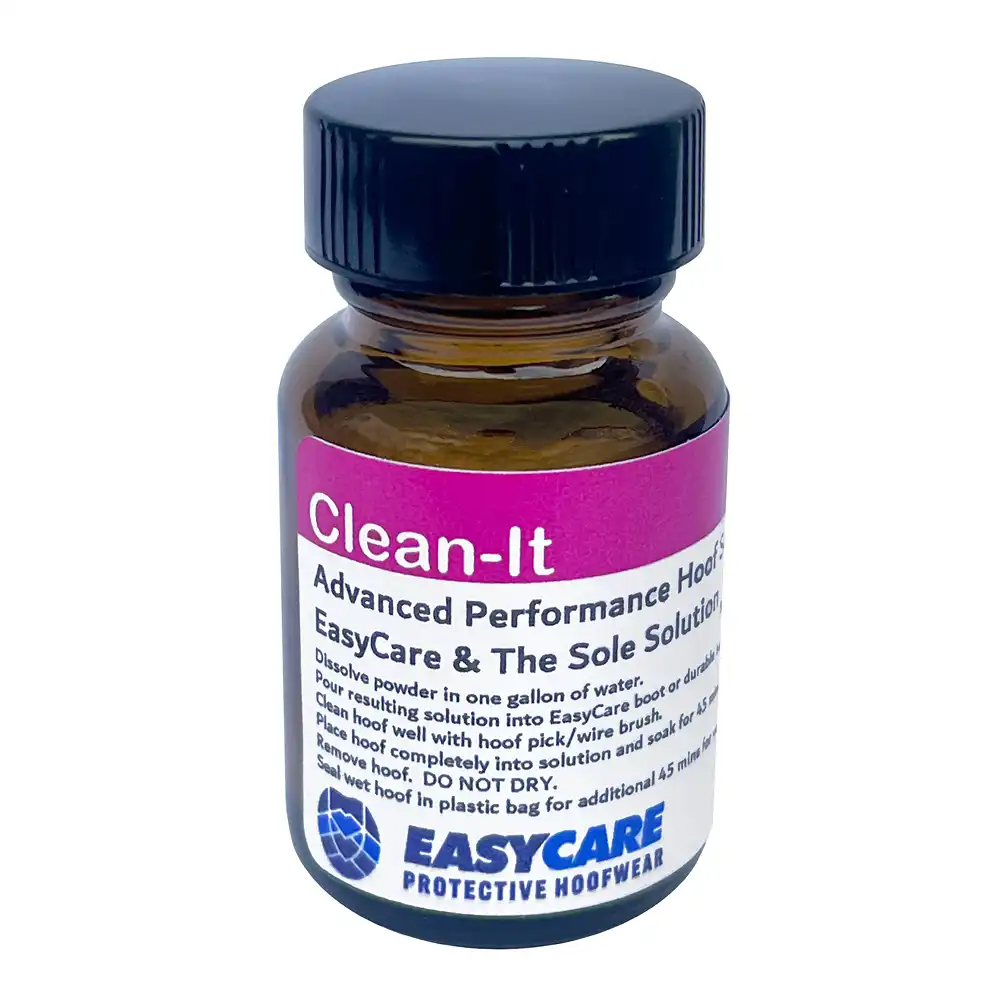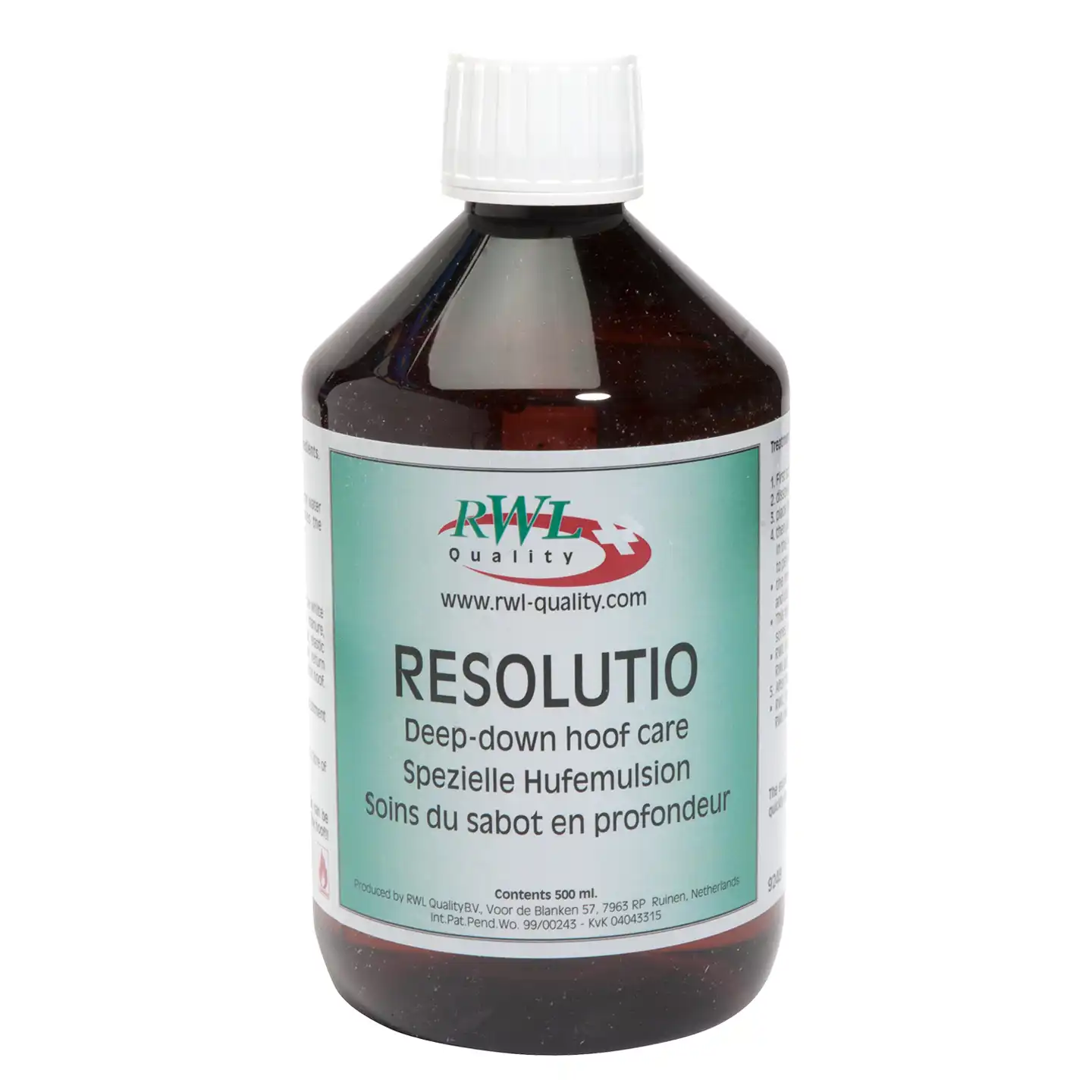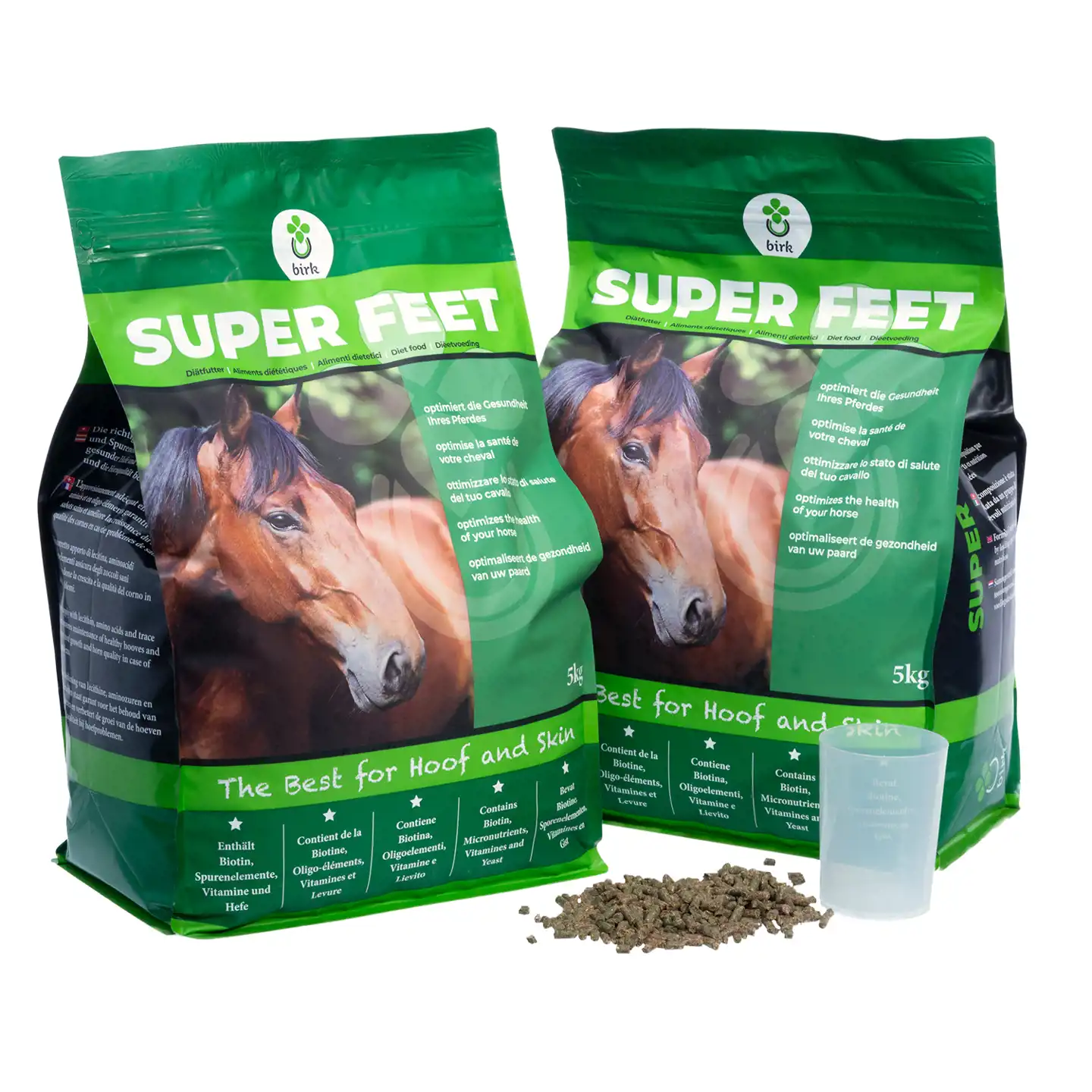White Line Disease & Hollow Wall – Technical Information for Farriers and Veterinarians
White Line Disease (WLD) and Hollow Wall are often overlooked hoof pathologies in horses and donkeys, yet they can significantly compromise hoof capsule stability. Both conditions affect the white line , the junction between the hoof wall and sole, and are frequently recognized only in advanced stages. For farriers, hoof care specialists, and veterinarians, understanding the differences, causes, and proper management is crucial to maintain long-term hoof health.
Definitions and Pathology
White Line Disease (Loose Wall) refers to the pathological separation between the hoof wall and sole. Opportunistic microorganisms such as bacteria and fungi invade the horn, leading to progressive degradation. In early stages, the condition is often asymptomatic, with no visible lameness.
Hollow Wall usually develops as a consequence of advanced WLD. A cavity forms within the hoof wall, typically between the laminar and tubular layers. Without proper treatment, this can lead to hoof capsule instability and severely reduce the hoof’s load-bearing capacity.
Causes and Risk Factors
The development of WLD is multifactorial . Mechanical overload, laminitis, and conformational defects increase susceptibility. Environmental factors, including wet or excessively soft ground and poor horn quality, also contribute. Overlong toes amplify lever forces on the toe wall and promote infection spread.
Common risk factors include:
- Acute or chronic laminitis
- Conformational issues such as club foot or medial/lateral wall overload
- Overlong toes and mechanical stress
- Weak or brittle horn
- Wet, unhygienic environmental conditions
- Genetic predisposition (particularly in donkeys)
Seedy Toe is a localized form of WLD, usually affecting the toe region. It is often caused by uneven loading or incorrect shoeing.
Diagnosis and Clinical Signs
Early diagnosis is key. Typical clinical signs include grey-white, crumbly horn along the white line, sometimes with embedded dirt or debris. Hollow Wall produces a characteristic hollow sound when tapping the hoof, and probing can determine the extent of undermining.
Diagnostic measures include:
- Radiographs to assess lesion depth and rule out abscesses or laminitis
- Regular white line inspections to detect small cracks early
- Monitoring for lameness or sensitivity in the toe area
Comparison: WLD vs Seedy Toe
| Feature | White Line Disease | Seedy Toe | ||
| Localisation
|
Anywhere along white line
|
Mainly the toe
| ||
| Cause | Infection (bacteria/fungi)
|
Local variant, often mechanical
| ||
| Spread |
|
Usually limited to the toe
| ||
| Signs |
|
| ||
| Severity
|
Severe, may cause lameness
|
|
Treatment and Management
Treatment of WLD begins with removal of all necrotic horn to stop microbial colonization. Local antiseptics such as Carré Horn Pads with Al Co Cid-Liquid are applied. Stall hygiene should be improved and moisture minimized. Underlying conditions like laminitis or conformational defects must also be addressed.
For Hollow Wall:
- Resection of affected wall sections to healthy horn
- Therapeutic shoeing or temporary artificial horn builds for stabilization
- Regular disinfection (CleanTrax, copper sulfate gel, iodine solutions)
- Dry housing to prevent reinfection
Close collaboration between veterinarian and farrier is essential. The farrier restores mechanical stability via corrective shoeing or epoxy builds, while the veterinarian manages diagnosis, rule-outs, pain control, and advises on horn-strengthening nutrients. Regular follow-ups every 2–3 weeks ensure treatment success.
Prognosis
Early detection and consistent treatment lead to a good prognosis. Untreated or late-detected cases may result in hoof capsule instability, rotation, or sinking of the coffin bone. Severe cases require long-term interdisciplinary care.
Prevention
Prevention focuses on regular hoof care and white line monitoring.
Recommended measures:
- Hoof trimming every 4–6 weeks
- Monitoring and correcting overlong toes
- Daily cleaning of the white line
- Maintaining clean and dry stabling and turnout
- Early detection of laminitic changes

